"If you want to live a happy life, tie it to a goal." - Albert Einstein Does tying make a huge difference? Yes. If you tie two things together, it unites and creates something better.
Well, we can apply the same technique to create a musical rhythm by tying notes together. How? For that, you first need to know What are Ties in Music. So, let's understand the concept of Ties in Music.
What are Ties in Music?
"A tie is a curved line that joins two identical notes of the same pitches."
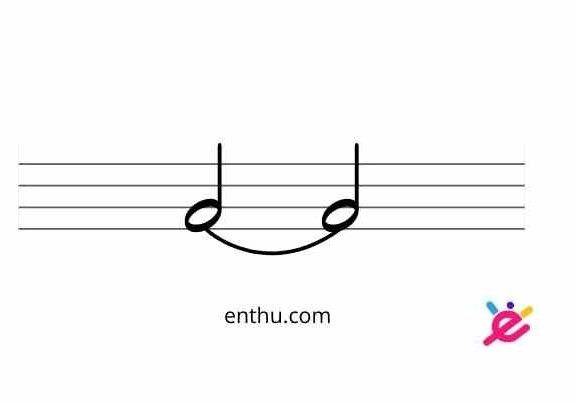
In a more straightforward way, "a tie is a line that joins one note to the next note, to make a single longer note."
It will be easier to learn about ties if you know about musical notes and symbols essential to reading piano sheet music. There are many types of musical notes in music with different time values.

Time value means the duration for how long a note can last. Let's learn about musical notes, symbols, and time values in brief.
Musical Notes, Symbols, and Time Values You Must Know
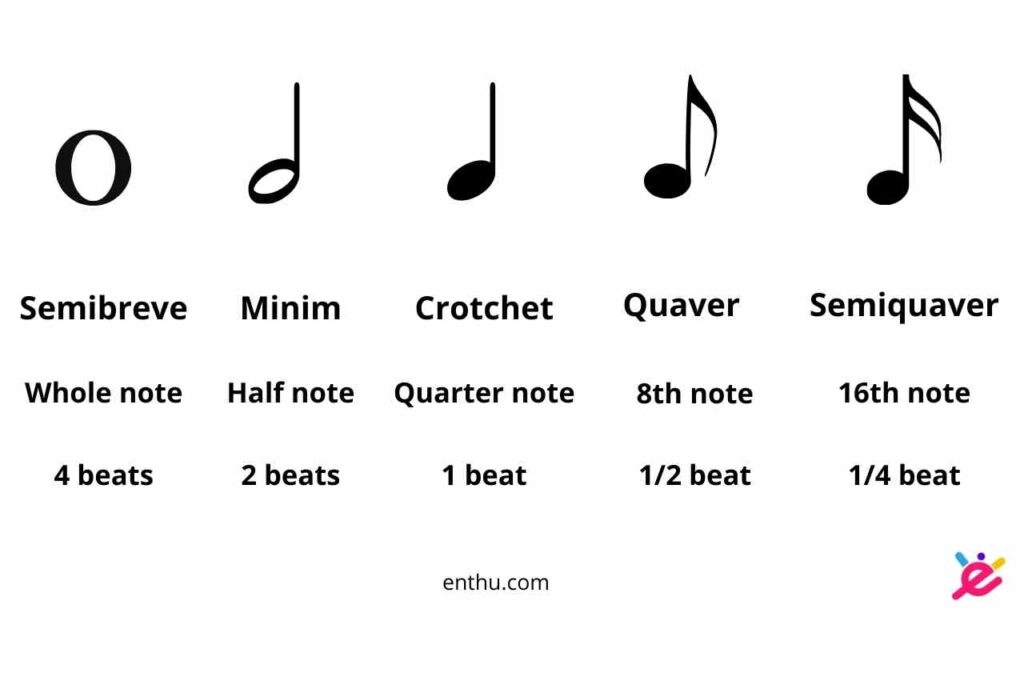
1. Semibreve
Whole Note (Semibreve) in Music
A whole note, also called a semibreve, is one of the most basic yet important notes in music theory. It looks like an open oval-shaped “O” without a stem, and this oval part is called the note head.
So, how many beats does a whole note have?
A semibreve holds a value of four beats. In simple terms, when you play a whole note, you sustain the sound for a full 4 counts before moving to the next note.
This makes the whole note perfect for creating smooth, extended sounds in music compositions.
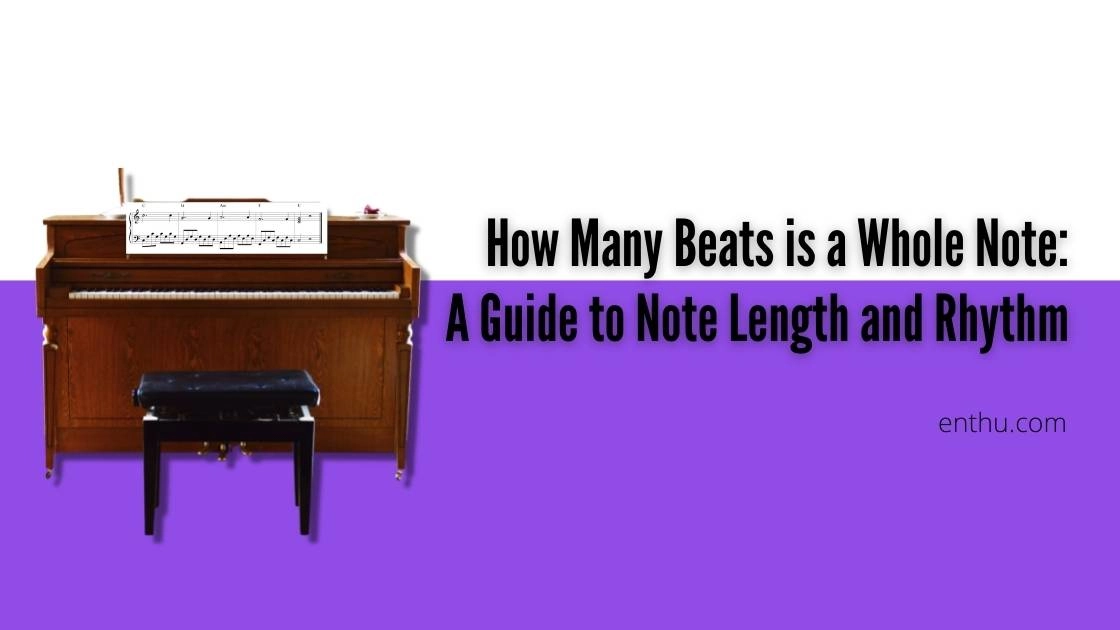
2. Minim
Minim is a half note. This is an open note head with a line at the right side of the oval, called a stem. It has 2 beats.
3. Crotchet
The Crotchet is like a minim, but the note head is colored black. It's a quarter note with 1 beat.
4. Quaver
The musical note with a tail coming down by the side of the stem is a Quaver. The tail is also identified as a hook or a flag. So the Quaver is the Eighth note. It has a ½ beat value.
5. Semiquaver
We have the sixteenth note that is a semiquaver. It has 2 flags coming down by the sides. The time value of this is ¼ beat. So, every note has a different time value. Each note lasts as per the time values allotted.
But what if a beautiful melody comes into your mind, and you want to create a rhythm beyond the time values? This is when the concept of ties comes into the picture.
You tie the notes and, ultimately, the time values of the notes together. The purpose of the tie is to unify two notes together into one.
Now, as you are familiar with the musical notes, symbols, and time values, it will be easier for you to understand what are ties in music and how they work.
How to Use Ties in Music
Without complicating the term, let's learn about the ties in a simpler way.
Example 1
Two half notes tied together are equal to one whole note. Like, two minims are tied together to get the same value as a semibreve.

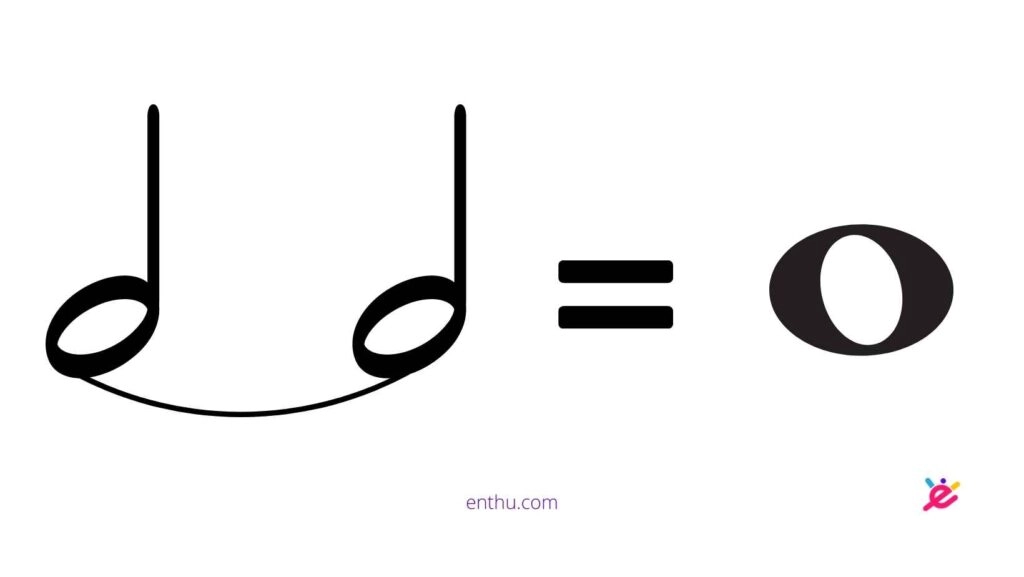
Example 2
Two half beats are tied together to get the time value of one beat. Like, two quavers tied together to match one crotchet value.
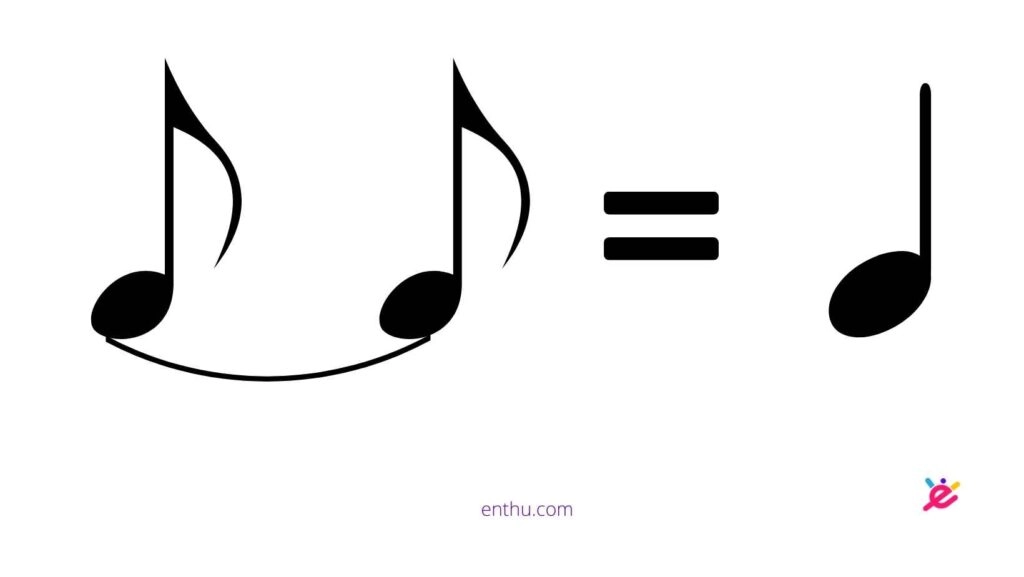
How to Read or Play Tied Notes?
As the word says, tied notes should not sound separate. So, when the first note is played, it must be heard equal to the length of time values of the tied notes.
By that means, a pair of tied notes acts as one note with the rhythmic values that are added together. So, when you play tied notes, the first note is played and held for the duration of both notes.
Still confused? Let me simplify this for you. When a tie connects a half note to a quarter note, the rhythmic duration of the half note extends from two beats to three beats.
Similarly, when a half note is connected to another half note, the rhythmic duration of the first half note is doubled from two to four beats.
Because the rhythmic duration of the half note is exactly half that of a whole note. In short, two half notes are equal to one whole note.
How to Write/Draw Tied Notes?
You can't just draw a curved line and say it's a tie. You need to follow some rules to appropriately write or denote tied notes.
Rules to write ties
A tie must be drawn opposite to the stem.
The curved line should start from the note head of the first note to the note head of the second or next note.
Importantly
Draw the tie below the note, when the note's stems are in the upward direction.
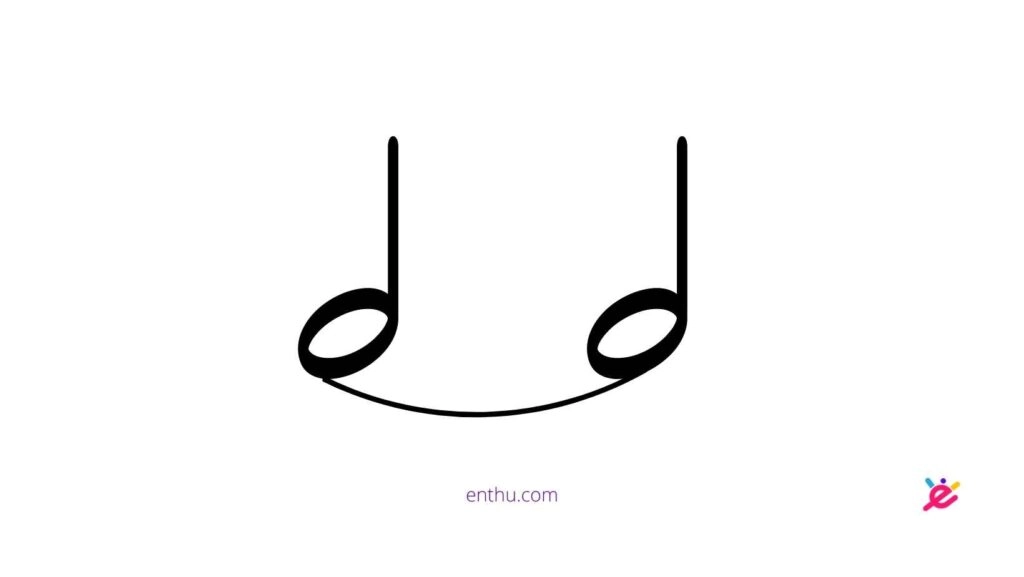
Draw the tie curve above the note, when the note's stems are downwards, as shown below.
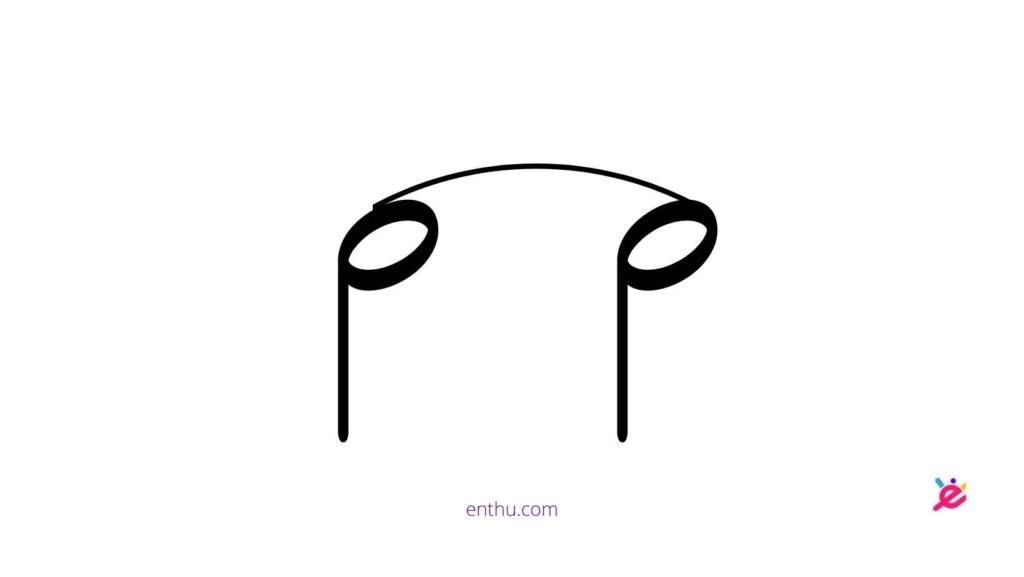
Slurred Notes
A slur connects two or more notes. Connecting the notes means the notes should not be played keeping a gap. When you begin to play the piano, you start playing each note separately.
But playing these notes by connecting them sounds more natural and beautiful. It is called LEGATO. The term LEGATO is an Italian word that means smooth and connected.
It indicates that it should be done by putting a slur over the notes. So, LEGATO playing is often used while playing the piano.
Are Ties and Slurs the Same?
People often get confused between
People often get confused between ties and slurs. Both are a bit similar terms, but a slight difference makes a big difference. Let me reintroduce ties once to differentiate slurs.
TIES | SLURS |
A tie is a curved line connecting two or more identical pitches to have a longer duration. | A slur is a curved line connecting two or more notes of different pitches together. |
Are Ties Important?
The Tied notes are a kind of rhythmical solution when:
The notes need to be longer
Notes need to be connected over another bar
So, a tied note is something you hold, but you don't play again. If you've learned about time signatures like cut time or common time signatures, they are used to direct all rhythms that is a number of beats in a bar.
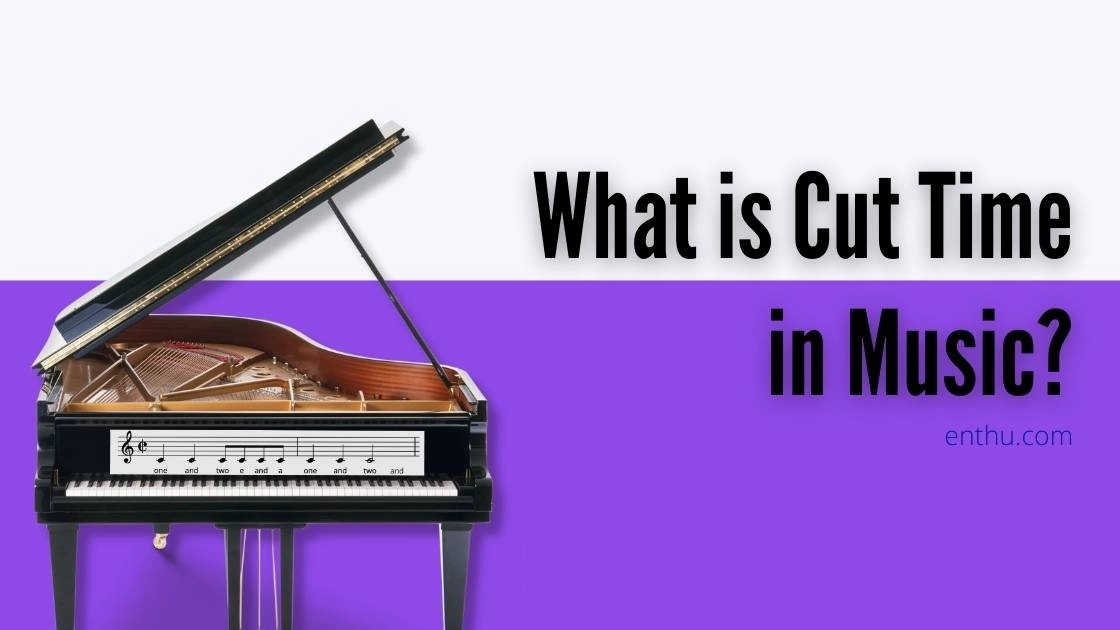
We can achieve an extended note only by using tied notes. This is not possible with slurs, dotted note, triplets, other different notes, or musical symbols.


Conclusion
Ties are very useful to create the length of notes that don't really exist. Many musical experiments can be done using tied notes.
The concept of tie looks tiny but plays a crucial role in creating beautiful rhythmic melodies. Ties are beneficial because they can be used to make rhythmical effects.
You can easily learn this concept by applying the right technique. You just need to take one step to begin your piano learning journey.
So, what are you waiting for? Enroll in a piano class to master your skill and get an amazing musical experience.
FAQs
1) Can a tie connect more than two notes?
Yes, a tie can connect more than two notes. A tie can connect more than two notes, but there is one rule to tie notes. The notes connected by tie must be of the same pitch. If the notes of different pitches are tied, then they will not be tied but slurred notes.
2) What is the notation placement of ties?
Ties are placed either at the bottom of the note when the stems are pointing upward, or above the note when stems are pointing downwards.


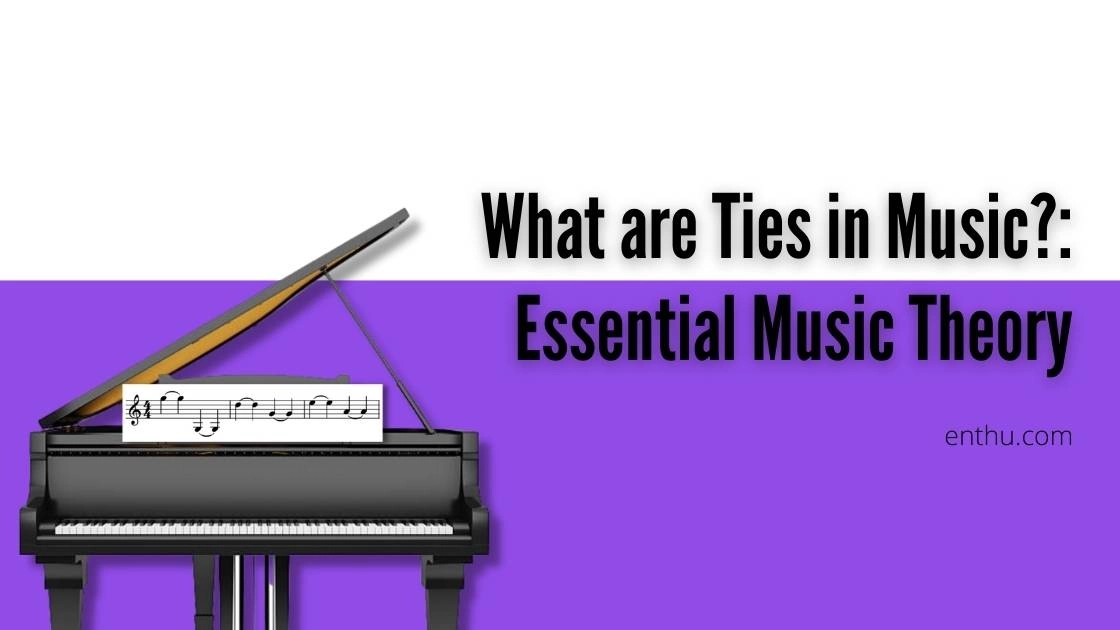



Comments